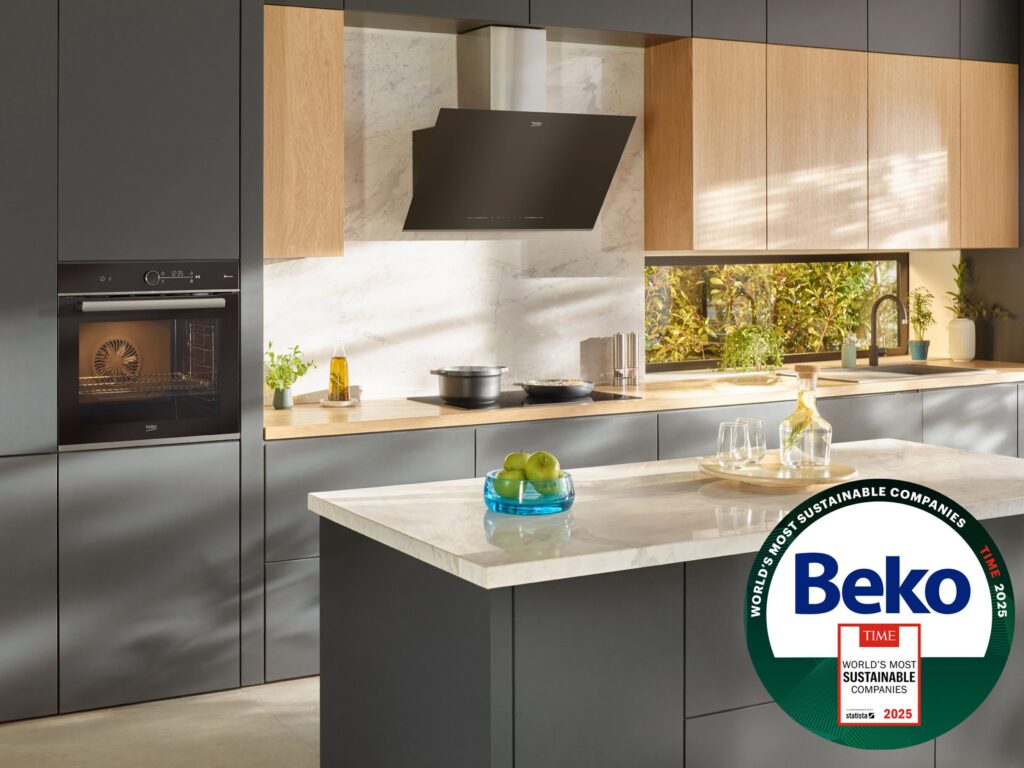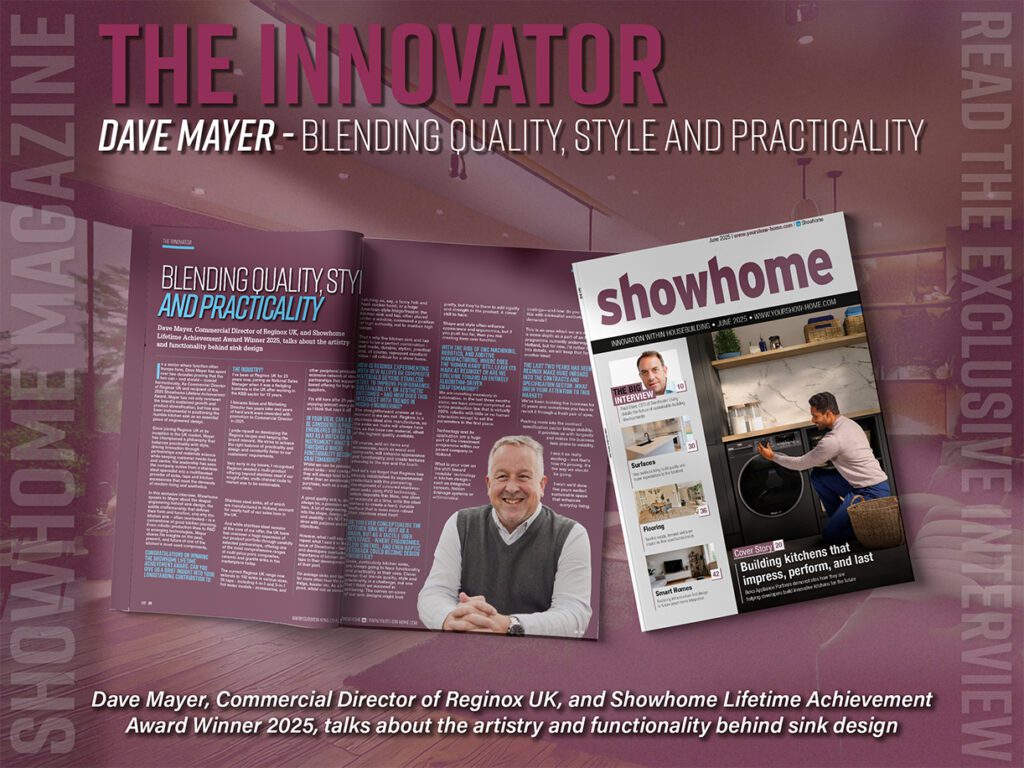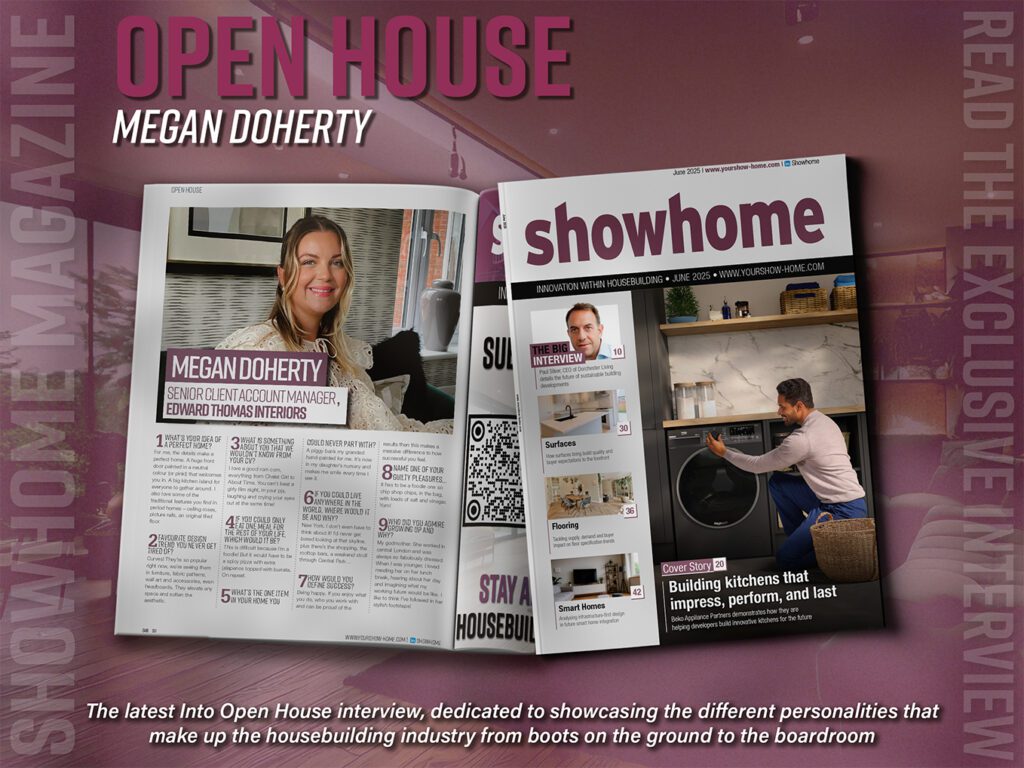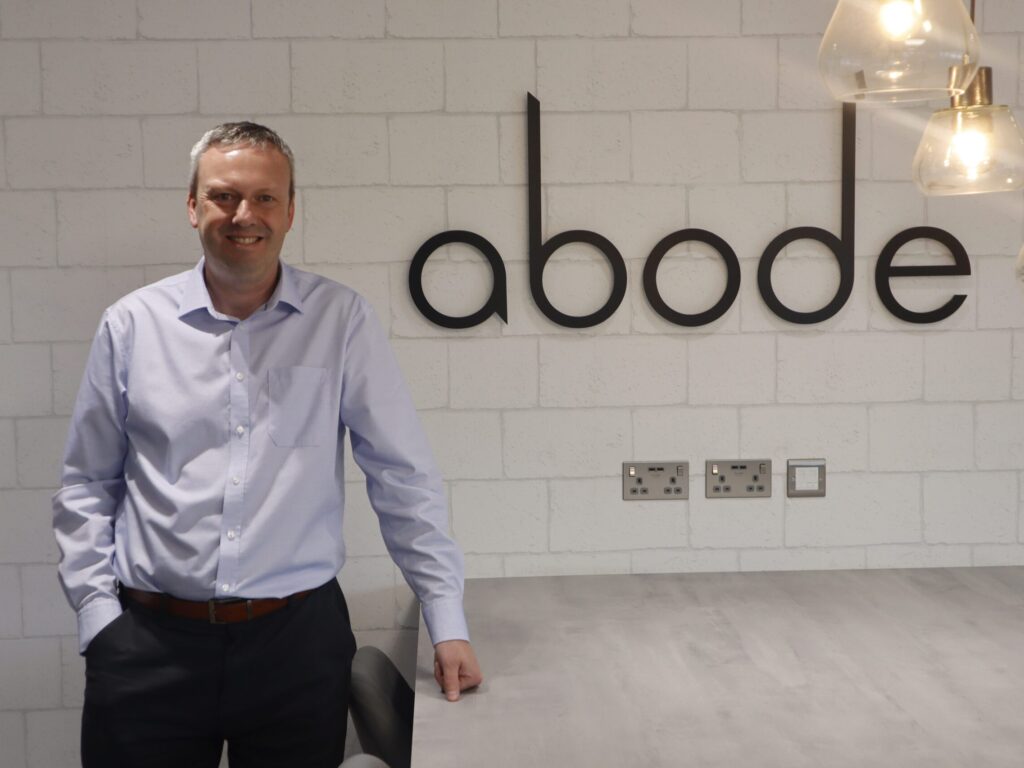Adam Miles, Managing Director of Athena Surfaces, discusses the transition from quartz to porcelain, the importance of material flexibility, and how modern surfaces can enhance both functionality and design.
The role of surfaces in modern home design is evolving rapidly, driven by shifting consumer preferences, sustainability concerns, and advances in material innovation. Homeowners are increasingly seeking durable, low-maintenance, and eco-friendly options that don’t compromise on aesthetics, while housebuilders must balance cost, practicality, and environmental responsibility.
To explore these changes, we sat down with Adam Miles, Managing Director of Athena Surfaces, a provider of high-quality, sustainable surfaces, to discuss the transition from quartz to porcelain, supply chain challenges, the importance of material flexibility, and how modern surfaces can enhance both functionality and design. From customisation options to the impact of silicosis on the industry, Adam Miles provides expert insights into the future of surface materials and what it means for both housebuilders and homeowners alike.
How do you see the role of surfaces evolving in modern home design, particularly with the increasing emphasis on sustainability?
Most of our customers view work surfaces as an optional upgrade, meaning they pay extra for them. However, we’re beginning to see a shift—especially among luxury housebuilders like Charles Church, part of Persimmon—where high-quality surfaces are becoming a standard feature rather than an upgrade. One of the key drivers behind this shift is sustainability.
In the luxury segment, materials like quartz and natural stone have long been used. However, natural materials present ethical sourcing concerns. Many quarries are located in countries like India, where tracking modern slavery compliance is difficult. Additionally, once a natural material is extracted, it’s gone. It can be repurposed for road chippings, but it’s not a circular solution.
Quartz, which has been extremely popular for the last 15 years, also has sustainability challenges. The resins that bind quartz are petroleum-based, making the material non-recyclable. In response, we’ve looked at porcelain, which has been used in flooring for years. Major brands like Dekton and Laminam are pushing it into the retail market, and we’ve asked: How can we make this product viable for housebuilders? If we succeed, housebuilders benefit from both sustainability and technological advancements, creating a win-win scenario.
What are some of the most exciting material innovations in surface design today?
For housebuilders, it’s a slightly different story than retail, where these trends emerge first. Porcelain is particularly exciting because of its versatility. Our worktops are typically 20mm thick, floor tiles 9mm, and large-format walls or shower panels as thin as 6mm. The ability to use the same material in different applications—while maintaining visual consistency—is a major advantage.
Unlike quartz, porcelain doesn’t break down in UV light, making it ideal for outdoor use. This opens up possibilities for seamless indoor-outdoor transitions, a trend that’s becoming increasingly important in home design. Essentially, we’ve taken what was traditionally a tile and reimagined it as a durable, aesthetically flexible surface solution.
That said, the challenge is that porcelain doesn’t sound exciting to most people. But when you look at its properties—durability, UV resistance, sustainability—it’s clear why it’s gaining traction…
Read more news and exclusive features in our latest issue here.
Never miss a story… Follow us on:
Showhome
@Your_Show_Home
@Showhomemag
Media Contact
Editor, Showhome
Tel: +44 (0) 1622 823 920
Email: editor@yourshow-home.com











